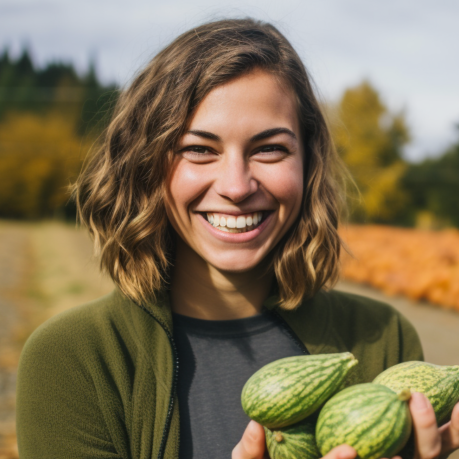Pumpkin seeds, often hailed as a superfood, are not just a tasty treat but a nutrient-packed powerhouse.
But did you know that the way you consume them can impact how well your body absorbs these nutrients?
Let’s explore the best practices for eating pumpkin seeds to ensure optimal nutrient absorption!
The Nutritional Power of Pumpkin Seeds
Pumpkin seeds are a treasure trove of health benefits. They are rich in magnesium, zinc, fatty acids, and antioxidants.
Plus, they’re a fantastic source of protein. This makes them not just a great snack but an essential addition to a balanced diet.
Chewing Pumpkin Seeds: The Key to Unlocking Nutrients
The simple act of chewing can significantly influence the nutritional benefits you reap from pumpkin seeds.
- Breaking Down Nutrients: Chewing well helps break down the seeds, making it easier for your body to absorb the nutrients.
- Digestive Process: The process of chewing signals your digestive system to start working, which aids in better digestion and nutrient absorption.
Terrasoul Superfoods Organic Pumpkin Seeds, a single-source, organic snack, are rich in protein, Omega fatty acids, and complete amino acids. These premium, shelled seeds are USDA organic and non-GMO, ensuring a natural and wholesome product.
Buy Now On AmazonTo Shell or Not to Shell?
Pumpkin seeds can be eaten with or without their shell, and each method offers different benefits.
- Shelled Seeds: Eating shelled pumpkin seeds, or pepitas, means you’re getting straight to the nutrient-rich core. They’re great for adding to salads or as a topping.
- Whole Seeds: Eating them with the shell on adds fiber to your diet. However, make sure to chew them well to aid in digestion.
Frequently Asked Questions
Yes, you can eat them whole, but chewing them thoroughly is crucial for better digestion and nutrient absorption.
Roasting pumpkin seeds can enhance their flavor, but it’s best to roast them at a low temperature to preserve their nutrients.
A daily serving of about 1 ounce (28 grams) is recommended, which equals about a small handful.
They are safe for most people, but as they are high in fiber and fat, overconsumption might cause digestive issues.
Conclusion and Call to Action
Now that you know the best way to eat pumpkin seeds for maximum nutrient absorption, you’re all set to include these tiny wonders in your diet.
Remember, it’s not just about what you eat, but how you eat it that counts!
Hungry for more tips on healthy eating? Don’t miss our next article, “Smart Snacking: Choosing Foods That Fuel Your Body.”

